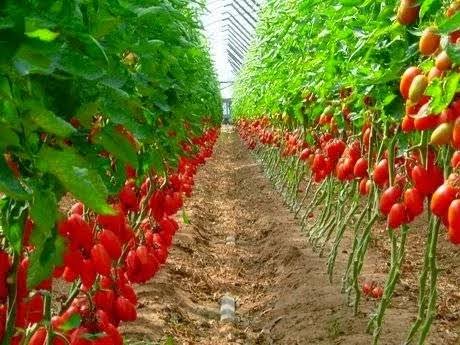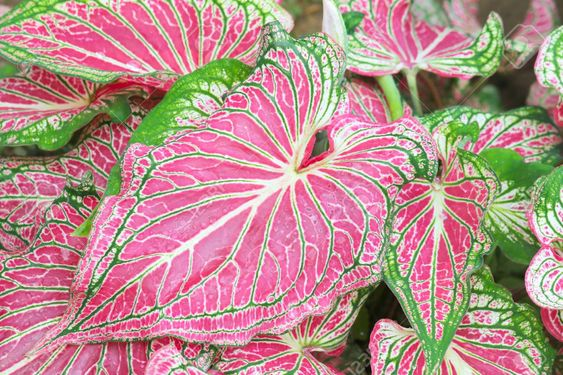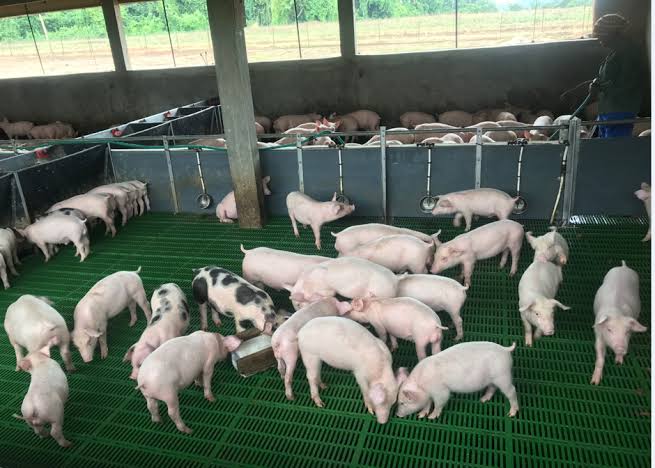How to Setup a Tomato Farm
Tomato farming can be a profitable business for many reasons, including high demand for the crop, relatively low startup costs, and the ability to grow tomatoes in a variety of climates and conditions.
In this article, we will explore some of the key factors that make tomato farming a profitable business and provide an overview of what is involved in starting and running a successful tomato farm.
First, we will discuss the high demand for tomatoes. Tomatoes are a versatile and popular crop that is used in a wide range of dishes and cuisines.
They are also a staple in many households, making them a popular choice for both commercial and home growers. The high demand for tomatoes means that farmers can sell their produce at a premium price, making tomato farming a profitable business.
Next, we will look at the relatively low startup costs for tomato farming. Unlike other types of farming, tomato farming does not require a large amount of expensive equipment or land.
This makes it a good choice for farmers who are just starting out or who have limited resources. Additionally, tomatoes can be grown in a variety of climates and conditions, which means that farmers can grow tomatoes in areas where other crops may not be viable.
We will also discuss the various ways that tomatoes can be grown and sold. Tomatoes can be grown in a variety of ways, including in greenhouses, on trellises, and in the field.
Each method has its own set of advantages and disadvantages, and farmers will need to consider factors such as cost, labor, and yield when choosing a growing method. Additionally, tomatoes can be sold in a variety of forms, including fresh, canned, or processed.
Finally, we will explore the various challenges that tomato farmers may face and provide strategies for overcoming these challenges.
Tomato farming can be a challenging business, and farmers will need to be prepared to deal with issues such as pests and diseases, weather fluctuations, and market fluctuations.
By understanding these challenges and developing strategies to mitigate them, farmers can increase their chances of success in the tomato farming business.
Read Also: 10 Things About Bobbin Sewing – How to Thread a Sewing Machine Bobbin
In conclusion, tomato farming can be a profitable business due to high demand, low startup costs, and the ability to grow tomatoes in a variety of climates and conditions.
By understanding the key factors involved in starting and running a successful tomato farm, farmers can increase their chances of success in this business.
Planning and Preparation
Before starting a tomato farm, it is important to plan and prepare properly. This includes researching the local market, determining the best growing methods and varieties, and obtaining the necessary equipment and materials.
First, research the local market to determine the demand for tomatoes and the prices that other farmers are charging. This will help you to determine how much you can charge for your tomatoes and how much you will need to produce in order to turn a profit.
Next, determine the best growing methods and varieties for your area. Tomatoes can be grown in a variety of ways, including in greenhouses, on trellises, or in the field. Each method has its own set of advantages and disadvantages, so it is important to research which method will be the most cost-effective and efficient for your farm.
Additionally, different tomato varieties have different growth habits, yield, and disease resistance, so research the best varieties for your area.
Obtain the necessary equipment and materials, such as seedlings, fertilizer, pesticides, and irrigation systems. Also, consider if you want to use organic methods or if you want to use synthetic fertilizers, pesticides, or herbicides.
Proper planning and preparation will help ensure that your tomato farm is set up for success.
Another important aspect of planning and preparation is to have a good understanding of financial planning, budgeting and cash flow management.
This includes understanding the costs associated with running a tomato farm, such as seeds, labor, equipment, and utilities, and projecting income from sales of tomatoes.
Having a clear financial plan in place will help to ensure that your tomato farm is financially viable and sustainable in the long-term.
In summary, planning and preparation are crucial for starting a profitable tomato farm. It is important to research the local market, determine the best growing methods and varieties, and obtain the necessary equipment and materials.
Additionally, having a clear financial plan in place is important for ensuring that your tomato farm is financially viable and sustainable in the long-term.
Planting and Growing
Once you have completed the planning and preparation phase, it’s time to move on to planting and growing your tomatoes. This includes selecting the right time to plant, preparing the soil, planting the seedlings, and providing proper care and maintenance throughout the growing season.
The ideal time to plant tomatoes will vary depending on your location and climate. In general, tomatoes should be planted after the last frost date in spring, when the soil has warmed up to at least 60°F (15°C). It’s important to check the weather forecast and be prepared to protect the young plants from frost or heavy rain if necessary.
Preparing the soil is an important step for growing healthy and productive tomato plants. The soil should be well-draining and rich in organic matter. A pH of 6-6.8 is ideal.
A soil test will give you a better idea of what the pH level of your soil is and what nutrient levels you have. You should amend your soil as necessary with organic matter, such as compost or well-rotted manure, and add fertilizer as needed.
Once the soil is prepared, it’s time to plant the seedlings. Plant seedlings 1-2 inches deeper than they were in the container to encourage root growth. Space the plants 18-24 inches apart.
Harvesting and Marketing
Harvesting and marketing are important aspects of running a profitable tomato farm. Proper harvesting techniques and effective marketing strategies can help to ensure that your tomatoes are of high quality and reach the right customers.
When it comes to harvesting, it’s important to pick tomatoes at the peak of ripeness. Tomatoes should be fully ripe and a deep red color. Overripe or underripe tomatoes will not have the same quality or shelf life as fully ripe tomatoes.
It’s also important to handle the tomatoes gently to avoid bruising or damaging the fruit. Tomatoes can be harvested by hand or with specialized equipment depending on the size of the farm.
Marketing your tomatoes is also important to ensure a profitable harvest. One of the most effective ways to market your tomatoes is to sell them directly to consumers through farmers’ markets, Community Supported Agriculture (CSA) programs, or by setting up a farm stand. This allows customers to buy fresh, locally grown tomatoes and can help to build a loyal customer base.
Selling to supermarkets or to food processing companies is another way to market your tomatoes, but it often involves less profit.
Another important aspect of marketing is creating a strong brand for your farm. This includes developing a logo, slogan, and website to help promote your farm and its products. Building relationships with local chefs, food bloggers, and other influencers can also help to promote your farm and its products.
In conclusion, proper harvesting techniques and effective marketing strategies are key to running a profitable tomato farm.
By harvesting tomatoes at the peak of ripeness and marketing them effectively, farmers can ensure that their tomatoes are of high quality and reach the right customers.
Building a strong brand and building relationships with local chefs and influencers can also help to promote your farm and its products.
Read Also: 15 Unknown Smart Business Ideas for Beginners



